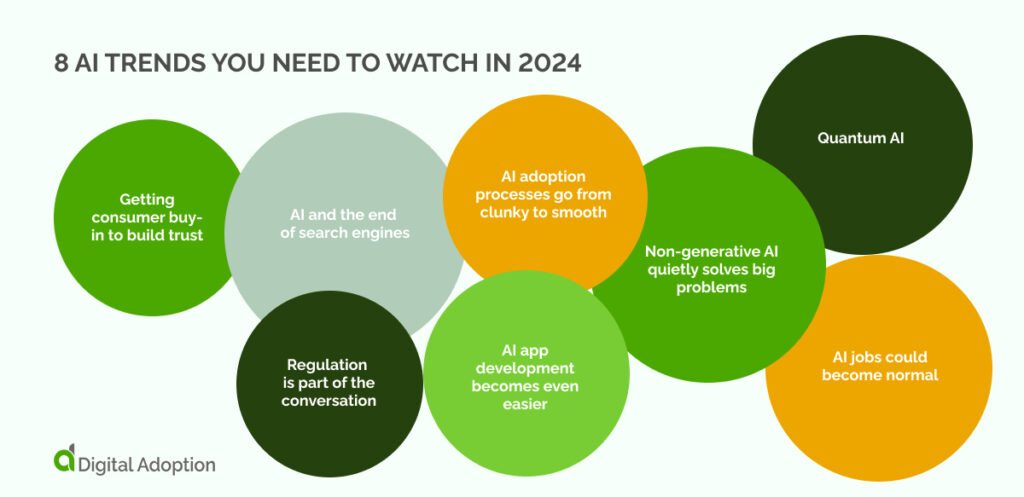The digital world has become an integral part of our lives, connecting people and information like never before. However, the rapid growth of the internet has also led to a significant increase in energy consumption and carbon emissions. With concerns about climate change on the rise, efforts are being made to make the internet more sustainable. This blog post explores the progress being made to achieve a sustainable internet by 2024.
Current Energy Demand of the Digital World
The continuous demand for data centers and server farms to handle massive amounts of digital information has a considerable environmental impact. It is estimated that these facilities consume large amounts of energy and contribute significantly to carbon emissions. Additionally, the energy consumption of internet-connected devices, such as smartphones and computers, further adds to the carbon footprint of internet usage.
Sustainable Solutions for Data Centers and Server Farms
In order to minimize the environmental impact of data centers and server farms, innovative cooling techniques are being developed to reduce energy consumption. These techniques include using outside air for cooling and employing advanced cooling systems. Furthermore, the deployment of renewable energy sources, such as solar and wind, is being explored to power these facilities. The concept of modular and energy-efficient data centers is also gaining traction, allowing for scalability and reduced energy consumption.
Reducing Energy Consumption of Internet-Connected Devices
Efforts are underway to design and manufacture energy-efficient hardware components for internet-connected devices. By optimizing the power usage of these devices, less energy is consumed during normal operation. Additionally, software optimization plays a crucial role in reducing power consumption, as well as responsible manufacturing processes that prioritize energy efficiency and recyclability.
Encouraging Responsible Internet Usage
Raising awareness about the environmental impact of internet usage is paramount in promoting sustainability. Individuals and organizations can adopt sustainable habits and practices, such as switching off devices when not in use, reducing screen time, and leveraging energy-saving features. Additionally, the choice of eco-friendly online platforms and services can contribute to a greener digital ecosystem.
Collaborative Efforts: Public and Private Sector Initiatives
Governments have a critical role to play in promoting sustainability in the digital world. Through regulations and policies, they can incentivize data centers and internet service providers to adopt greener practices and invest in renewable energy sources. Corporations are also joining the movement towards sustainability, pledging to reduce their carbon footprint and investing in clean energy initiatives. Furthermore, international collaborations between governments, organizations, and academia are fostering knowledge sharing and driving innovation.

Image courtesy of www.digital-adoption.com via Google Images
The Role of Consumers in Achieving a Sustainable Internet
Individual consumers have the power to drive change by making conscious choices in their online activities. By embracing habits such as eco-friendly browsing, reducing unnecessary downloads, and supporting sustainable brands, consumers can contribute significantly to reducing the carbon footprint of the internet. Furthermore, collective action through petitions and advocacy can influence corporations and policymakers to prioritize sustainability in their digital operations.
Challenges and Opportunities
While progress is being made towards a sustainable internet, there are several challenges that need to be overcome. These include technological limitations, financial barriers, and the need for continuous innovation. However, embracing sustainability in the digital world also presents opportunities for economic growth and job creation. By investing in green technologies and fostering research and development, we can create a digital ecosystem that benefits both the planet and the economy.
Image courtesy of community.checkpoint.com via Google Images
In Conclusion
Achieving a sustainable internet by 2024 is an ambitious goal, but with collective effort, it is an achievable one. Through sustainable solutions for data centers, reduced energy consumption of internet-connected devices, responsible internet usage, and collaborative efforts between the public and private sectors, we can make significant progress towards greening the digital world. Every individual has a role to play in this journey by making conscious choices and demanding a sustainable internet. Together, we can create a digital future that is mindful of the environment’s wellbeing.




